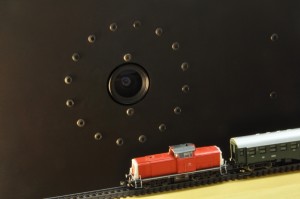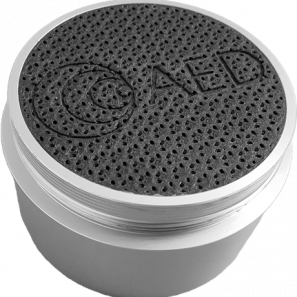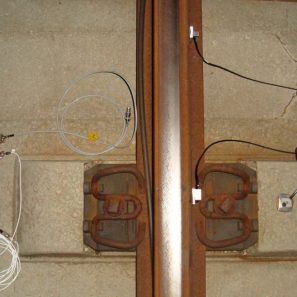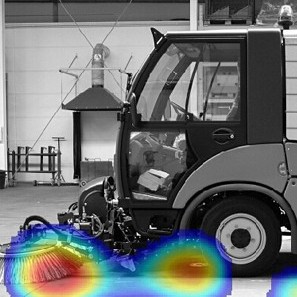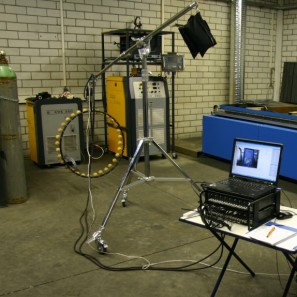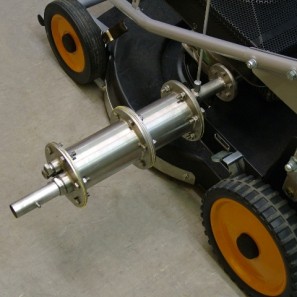Spatial resolution
Besides the geometric configuration, the spatial resolution of the measuring system depends on the chosen frequency range and the distance to the sound source to be localized. The higher the frequency is, the smaller the wave length is, the higher the spatial resolution gets. Furthermore, the spatial details of the mapped sound field increase by diminishing the distance to the object.
Aperture angle
Like in an optical system, increasing the angle between object direction and the normal to the camera causes distortions of the object`s mapping. The same effect occurs in the case of mapping a sound field using a microphone array. In the acoustic far field the distortions can be neglected up to a maximum aperture angle of 60°. The larger the dimensions of the test object get, the greater the distance between microphone array and object has to be.
The measuring system AcoustiCam® is based on the robust beamforming algorithm. This algorithm allows acoustic investigations of test objects at great distance as well as in close proximity to the microphone array because the suggested maximum aperture angle increases with decreasing distance to the test object. The minimum distance that must be kept is approximately 25 cm.
Thus, smaller objects can be placed very close to the microphone array, larger objects require a greater distance. For the application of AcoustiCam® there are virtually no constraints regarding the dimensions of the object to be investigated.
Source separation
The acoustic camera AcoustiCam® also allows splitting the localization result into uncorrelated, that means independent, sound sources. These sound sources are caused by different source mechanisms, leading to different acoustic source strengths.
The application of the measuring system automatically yields separate images of the different sound sources and their source mechanisms which determine the sound field. Thus, not only the main sound sources but also acoustically masked sound sources, which cause only a low sound pressure level, can be separately localized.
This requires neither the enclosure of single areas of the test object nor the execution of multiple measurements. Additionally, with the help of this technique the signal-to-noise ratio can be considerably improved.
